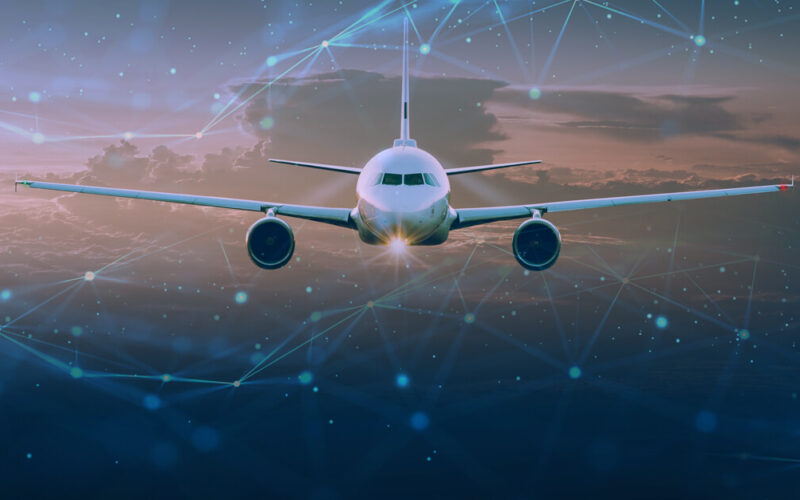The corona pandemic has had a significant impact on the aviation industry leaving several airlines fighting for their lives. The crisis might spark a digital transformation in the industry to raise efficiency and cut costs, says satcom specialist GateHouse Telecom.
The coronavirus has grounded the world’s airlines leaving the aviation industry in crisis. To mitigate the impact of the crisis, the airline companies are trying to bring down costs. Here, digitalization is a powerful tool, and that is why the crisis might spark a digital transformation in the industry, predicts Thomas S. Jensen, CEO of GateHouse Telecom, a company specialized in test tools for satcom connectivity applications.
– In the last couple of years, the aviation industry has taken quantum leaps in terms of inflight connectivity for passengers. However, the carriers have been more reluctant when it comes to connecting the cockpit being more occupied with maintaining daily operations. We now expect the coronavirus will result in a shift of priorities and spark a massive digital transformation in the industry, he says and continues:
– According to a report by Frost & Sullivan, digital transformation projects in the aviation industry can potentially generate an annual incremental value of $5 to $10 per passenger from increased efficiency, reduced costs, and new revenue streams. That is why digitized airlines are the most likely to survive the crisis and make the company more competitive on the other side of the crisis.
Time is ripe for digitalization
As most aircrafts are currently grounded, airlines now have the opportunity to develop their fleet bringing connectivity to the cockpit, says Thomas S. Jensen:
New technology must undergo immense testing procedures before being certified for use in an aircraft. Retrofitting of new technology is time-consuming due to safety rules and regulations the carriers must adhere to – time that is now available as most airplanes are currently grounded because of the virus, he says.
The digital transformation has already reached the aircraft cockpits by replacing the traditional flight bag with computers or tablets. According to Thomas S. Jensen, the next step for the aviation industry is for aircrafts to send and share data while inflight:
– The connected cockpit will, among other things, enable real-time decision making based on up to date weather forecasts and predictive aircraft maintenance. This will optimize navigation and reduce maintenance costs. It will also decrease the airlines’ fuel use and ultimately lead to more sustainable business operations.

